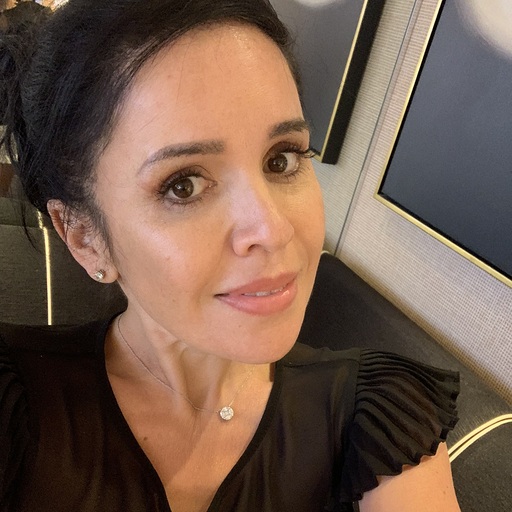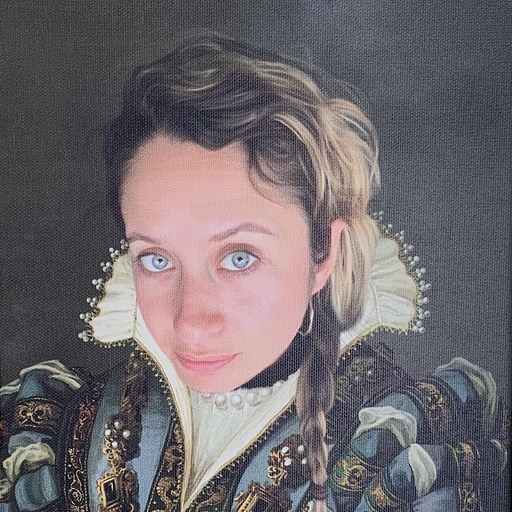Hey friends! MJ and Sheila here to talk to you about Design Ops at Slack, our passion for the field, and the guiding principles we live by in our day-to-day work. For anyone not familiar with the Design Ops function, we hope this read gives you a glimpse into what we do, the teams we work with, and the excellence we strive for.
Sheila Kazan is a Principal Design Ops manager helping lead People Programs on the Product Design Team at Slack.
MJ Livingstone is a Lead Design Ops manager helping lead Product Programs on the Product Design Team at Slack.
How would you describe what you do to your friends and family?
SK: I would say, “I create experiences that inspire designers to do the best work of their careers” or “I herd cats!”
MJ: I partner with product designers to outline their quarterly commitments and create strategies to get everyone across the finish line. Along the way, I help unblock work-related uncertainties (sometimes personal ones, too!), procure helpful resources, and keep the ship running at full speed. I’m a fierce advocate for designers, a work confidant and bestie, and always their number one cheerleader waving my pom poms from the sidelines.
How did you get into Design Ops?
SK: Like many in Design Ops, I stumbled upon the discipline through other various careers. My career “past lives” include advertising, radio, and film before I landed in tech. My time as a Hollywood assistant (definitely as scandalous and grueling as it sounds!) made me realize I had this ability to work with visionary filmmakers and remove any roadblocks preventing them from doing their job, which is bringing big ideas to life. When I got into tech, working with product designers felt really natural to me.
MJ: I started my journey at Slack as the executive assistant to the Head of Product Design and Research and Analytics, where I learned the intricacies of running a large team and everything that goes into maintaining a healthy design and research org. Soon, I started to own some People Programs (Culture, Learning & Development, Onboarding, etc.) and work closely with designers. I realized I wanted to help designers more from the product side instead, from a more technical and program management perspective. Being at the forefront of the product development process and understanding all that goes into designing, building, and taking features to market has been quite the illuminating and rewarding journey!
How would you describe People Programs and what are some of your guiding principles for leading it?
SK: In my twenties, my roommate would come home after a long night of waitressing and say, “I hate people.” I’d enthusiastically reply that I loved people. As cheesy as it sounds, it’s very true. I’m genuinely curious about people, and am known to make friends wherever I go. A manager once told me that building relationships is like drinking water to me. So at the core of what I do, I listen, observe, and create programs that are specific to designers and what is happening on the team, in the company, in tech, and in the world.
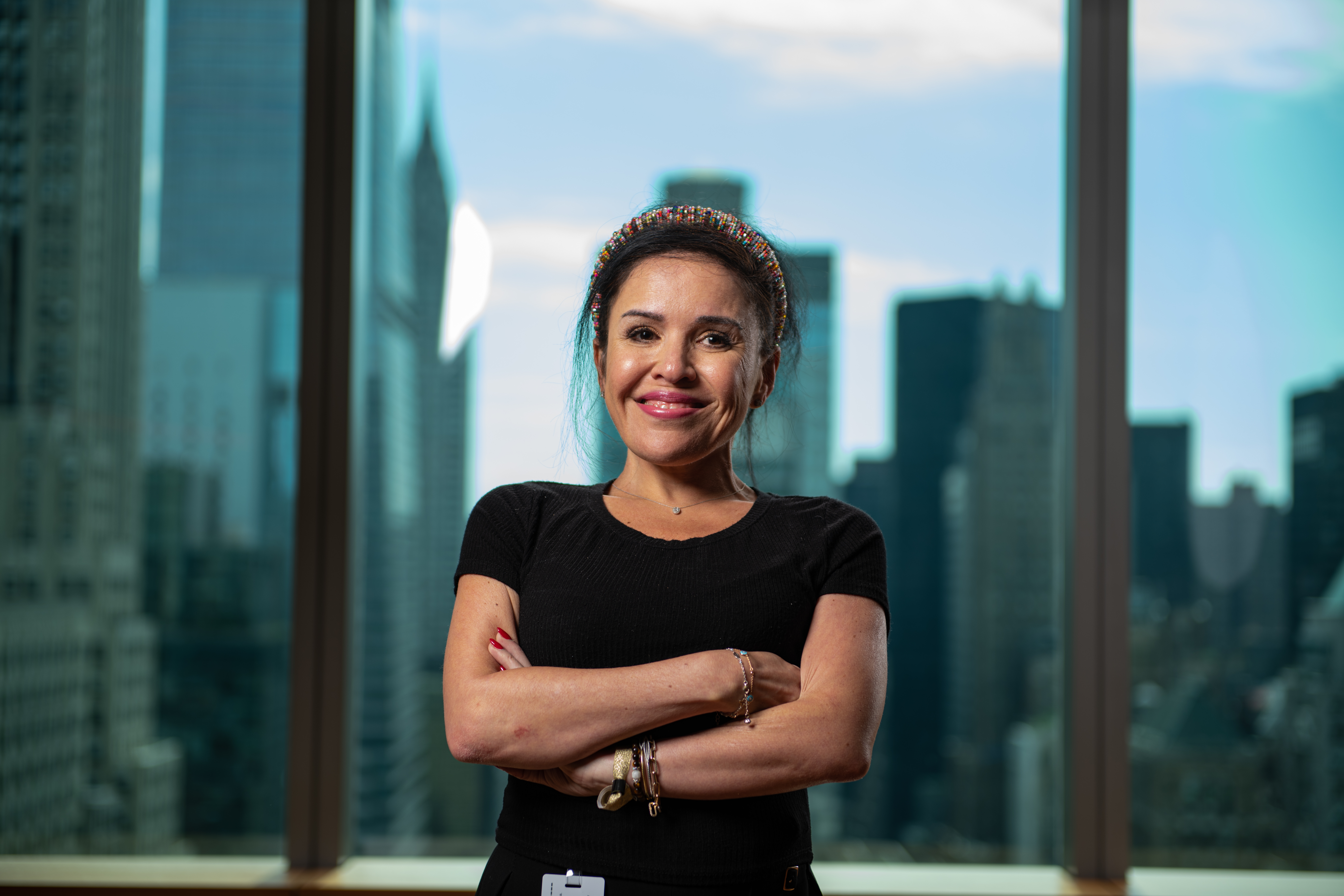
Sheila Kazan, Principal Design Operations Manager.
To be successful in this field, you need to be an active listener, invested in learning your team’s needs, and adaptive to change. It’s really important that you are actively listening because, most of the time, what’s keeping designers up at night and what’s keeping design leadership up at night aren’t the same thing. Understanding the needs of your team will help you realize you can’t take a one-size-fits all approach to People Programs; every design team and designer is different. Lastly, you know the saying “the only constant is change.” Well, everything is constantly changing, including your People Programs. Anything from a global pandemic to an org change requires you to reevaluate programs and tweak, cut, or evolve as necessary.
How would you describe Product Programs and what are your guiding principles for leading it?
MJ: Product Programs are all the programs and team optimizations that help up-level the craft of design and amplify designs’ value and organizational impact at scale. At its best, design-embedded Product Programs can help drive efficiencies in the product development process while making us great partners to our engineering and product counterparts. When we win, the whole ecosystem wins!
I’ve learned that staying curious, being solution-oriented, and speaking the PM language have served me best in this role. Always ask the whys and why nots to understand why a problem exists and and how to address the underlying issue, and always be thinking of ways to make things a bit simpler, more pleasant and more productive for your teams. It will always result in greater product impact. Also, I could not recommend the Product Management Certification course I took through General Assembly enough because that revolutionized my way of working with designers. A framework I’m constantly leaning on is a 2×2 matrix, which helps me assess the level of effort required to do something in relation to the overall value or ROI. Using this matrix helps me help designers decide when to say yes or no to things, and to sequence their work for the quarter.
Where do your two positions overlap and how do you collaborate?
SK: Because I’m working on horizontal programs like onboarding, learning and development, team communication and events, I don’t always have direct day-to-day contact with designers and that’s where MJ really helps me. She’s much closer to the designers and the product, so she can identify gaps and opportunities at the drop of a hat. She has a pulse on what designers want and need, and that helps me to better serve them. We’re both driven by the same mission: to empower designers to do what they do best, which is to design.
What is your favorite feedback to hear from designers?
MJ: “Thanks for helping steer this ship!”, “Thank you for helping improve our processes, keeping track of everything and all the thought and effort you put into everything that you do for our team”, “Really appreciate you checking in with us about project status, workload, pace, etc – it’s made things feel much more manageable.”
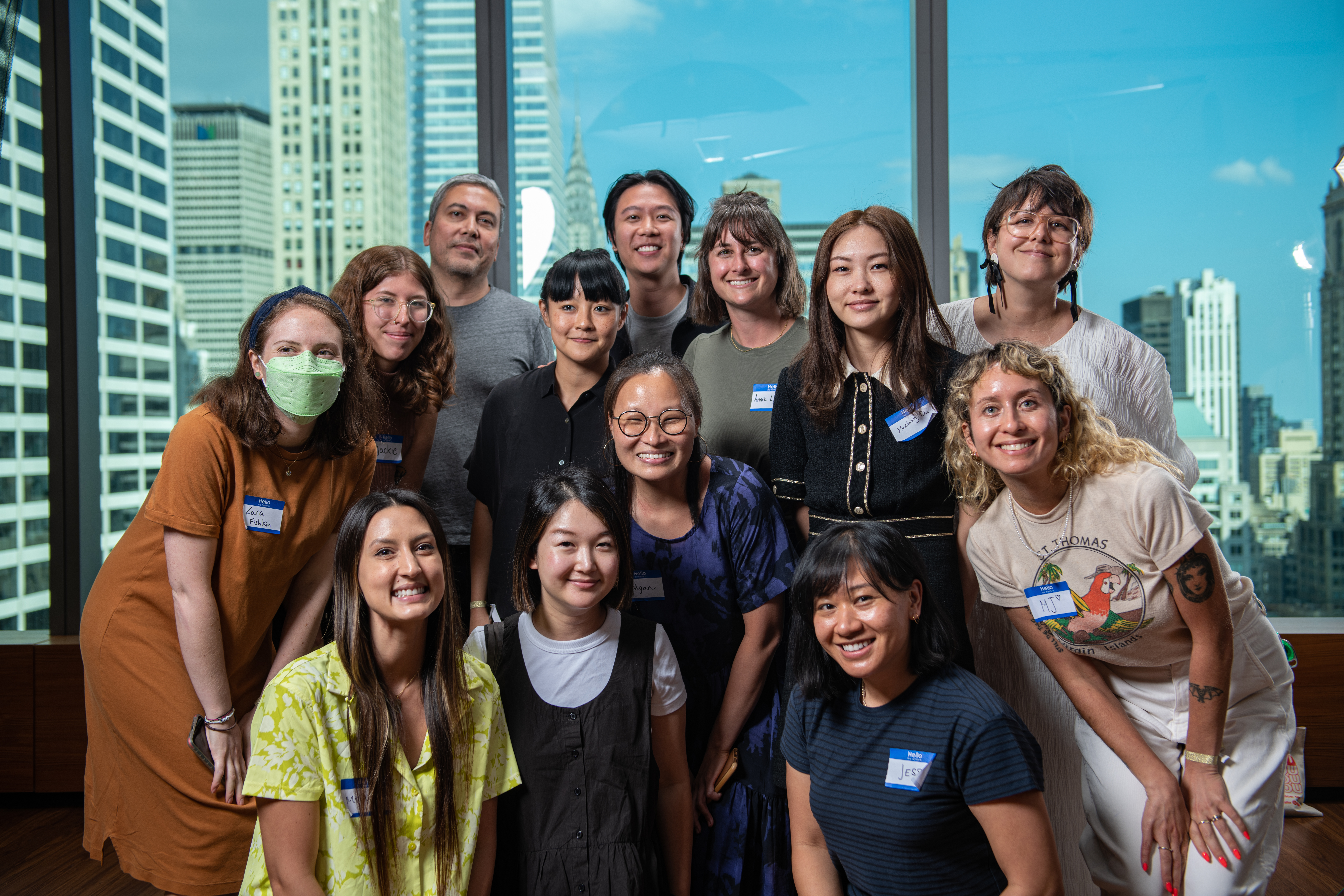
MJ Livingstone, Lead Design Operations Manager, with Expansion product design team.
What’s something you wish more people understood about what you do?
SK: I feel like I have a new job every six months because my programs are very dependent on changes happening on both a macro level (e.g. a global pandemic) and micro level (e.g. an org change).
MJ: A majority of the work we do is behind the scenes, and a ton goes into it! While designers are heads-down designing away, it’s our job to keep the org afloat from a people, product, and business perspective. Without us maintaining these three architectural pillars, the house could very likely crumble or at the very least, not function effectively.
What brings you the most joy from your role?
SK: Honestly, any time where I get to be creative and also help designers shine. Even working on this blog and featuring our designers and the work they do really makes me happy. It’s also fun to be on the other side as well. 😉
MJ: I absolutely love the collaborative element of my job and the camaraderie that comes from trouble shooting together and building the product. Brainstorming solutions with my teammates, learning from others around me, and helping everyone tap into their greatest potential lights me up. My biggest reward is sharing space with all the incredibly driven and smart designers around me. My peers are truly my #inspo.
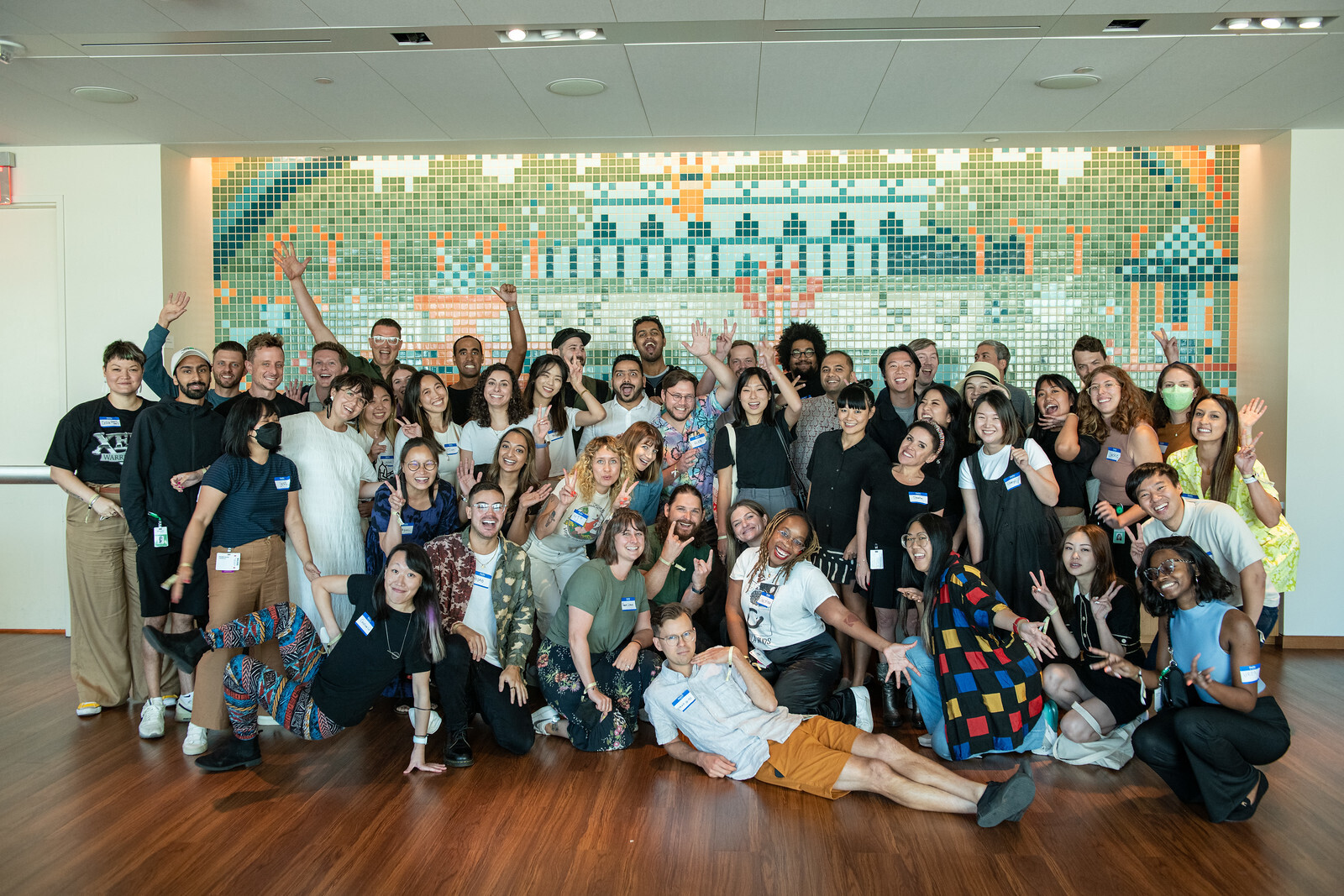
The Slack product design team at the 2022 design offsite.
